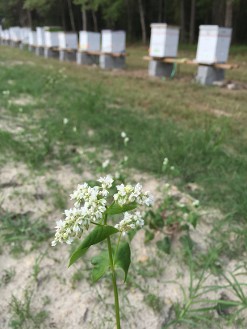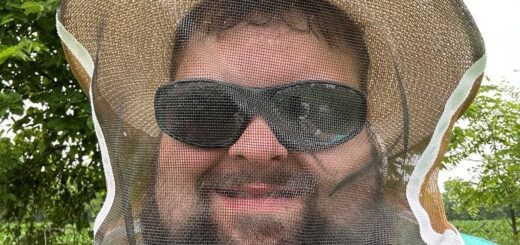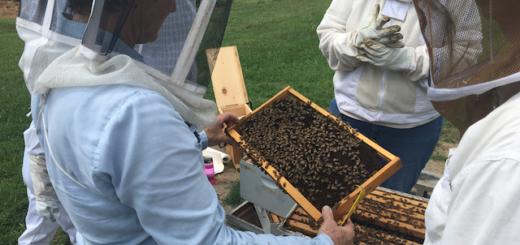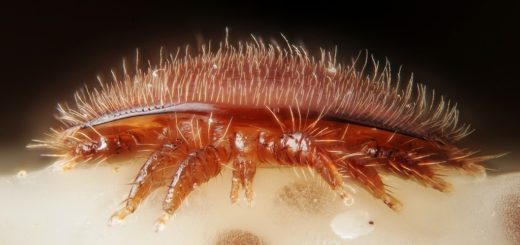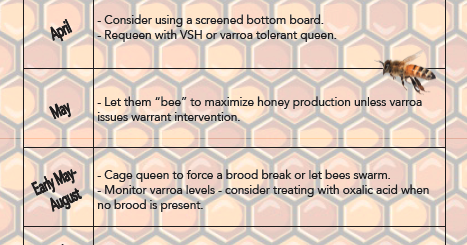BeeFeeders: North Carolina Pollinator Plants
By Ulana Stewart, NC State Extension Master Gardener volunteer
Finding a seed catalog in the mailbox during the dark months of winter will brighten a gardener’s day. The beautiful glossy pictures are designed to tempt you to plant more than you can realistically take care of. But it can be fun to dream of the possibilities! This column asks, why not try some annuals from seed to supplement your bee feeding?
There are many great seed companies that will send you a catalog to brighten your winter mailbox.
Here are three of my favorites:
Two gorgeous flowering plants you can grow from seed to feed your native and honey bees are:
Iceland PoppyOriental Poppy (Popover orientole) and Iceland Poppy (P. nudicale) are annuals here in NC due to the summer heat. Both poppies provide bee pollen and nectar for honey and native bees. Note that poppy plants need to have their seeds directly sown into the ground, as they don’t transplant well. Plant the seeds in late fall or well into winter, as they need the warm and cold cycling in order to germinate. Do not plant them in the spring! They will come up in April and May depending on what NC zone you are in. You can also harvest the seeds months later and save them for next year or to give away. |
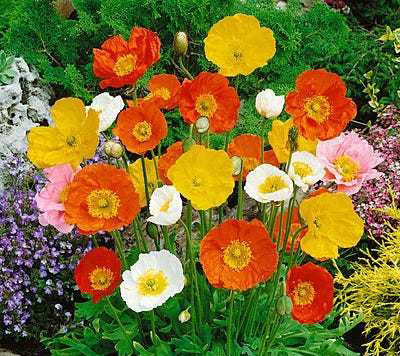 |
BuckwheatBuckwheat (Fogopyrum esculentum) is normally considered to be a cover crop that is seeded directly into the ground. However, it can also be interplanted with perennials where there is space. It prefers full sun but can tolerate some shade. A beautiful variety to try is the spectacular ‘Rosa Red Saba’. Buckwheat is 1 to 2-foot tall and will bloom about 4 weeks after seeding. The tiny flowers form clusters and will bloom for up to 3 weeks, providing yellow-green pollen and plenty of nectar for your bees. Afterward, the perennials can fill in as they grow. |
|
|
Sunflowers (Helionthus onnuus) are excellent pollen and nectar-providing annual plants, and there are many kinds to choose from in both color and height. They are best started by direct seeding in good soil with full sun or transplanted carefully from seed flats. The pollen is a very bright yellow. |
|
Mexican ZinniaMexican Zinnias (Zinnia angustifalia) are extremely heat and drought tolerant bushy annuals that grow to 1 and ½-foot tall with narrow leaves that need full sun. The 1 and ½-inch flowers come in white, yellow, and orange colors and produce a good amount of both nectar and pollen. They can be grown in the ground and also do well in containers |
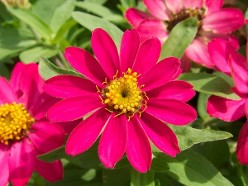 |
Mexican SunflowerMexican Sunflowers (Tithania ratundifalia) are 4 to 6-foot tall, 3 to 4-foot wide annuals with 2 to 3-inch wide yellow, orange, and red flowers. They do best in full sun and bloom for up to 6 weeks producing yellow pollen and nectar. I have seen them covered with pollinators of all sorts. |
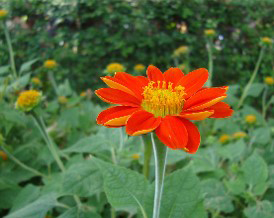 |
BorageBorage (Baraga afficianalis) is a superb pollen and nectar annual plant for honey bees and native bees. It is a 1 ½ foot tall herb with beautiful dark blue flowers that bloom all summer. It needs full sun and drainage. Start the seeds inside a few weeks before your Last frost date. |
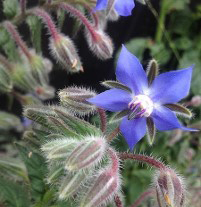 |
If you have questions on direct seeding, here’s a link for the North Carolina Extension Gardener Handbook for general seed starting, planting information and more:

